Did you know that spring cabbage offers a nutritional yield per square foot of garden space that surpasses many other vegetables? This versatile and nutritious vegetable is a staple in gardens around the world, providing a healthy and delicious addition to seasonal recipes. Whether you’re a seasoned gardener or just starting out, spring cabbage is a rewarding choice for your spring vegetable garden.
Key Takeaways:
- Spring cabbage is a versatile and nutritious vegetable that can be grown in your garden.
- Cabbage is packed with essential vitamins and minerals, including vitamin C, potassium, manganese, and vitamin K.
- Growing your own organic spring cabbage allows you to enjoy farm-fresh produce that is free from pesticides and other chemicals.
- Cooking with cabbage is a popular choice, whether shredding it for salads and coleslaw or using it to make sauerkraut or kimchi.
- Garden-to-table cooking with seasonal vegetables like spring cabbage is a healthy and sustainable choice for your meals.
The History and Varieties of Cabbage
Cabbage has a rich history and has been cultivated for centuries. The common domestic cabbage, brought to America in the 1600s by French-Canadian explorer Jacques Cartier, is just one of the many varieties available today. From the traditional green and red cabbage to unique types like “kraut” cabbage, savoy cabbage with its crinkly leaves, bok choy (Chinese cabbage), oblong-shaped Napa cabbage, and the spicy Gonzales cabbage, the cabbage family offers a wide range of flavors and textures.
Cabbage varieties differ not only in appearance but also in maturation time. Early cabbage varieties mature in 60-75 days, while late varieties may require up to 120 days to reach full maturity. This variation allows for a longer harvesting season and ensures a diverse cabbage supply throughout the year.
| Variety | Description |
|---|---|
| Common Domestic | The standard cabbage with green, red, or purple standard-size heads. |
| Kraut Cabbage | A specialty cabbage used for making sauerkraut, known for its dense and firm leaves. |
| Savoy Cabbage | A variety with crinkly leaves and a mild flavor, popular in Mediterranean cuisine. |
| Napa Cabbage | An oblong-shaped cabbage commonly used in Asian cooking, known for its mild taste and crisp texture. |
| Gonzales Cabbage | A spicy cabbage variety often used in Mexican cuisine, known for its distinctive flavor. |
Whether you’re cooking up a hearty stew, a crispy coleslaw, or a flavorful stir-fry, there’s a cabbage variety to suit your taste and culinary preferences.
Health Benefits of Cabbage
Cabbage is a powerhouse vegetable that offers a wide range of health benefits. Its nutrient-rich composition makes it an excellent addition to your diet. Let’s take a closer look at the various health benefits of cabbage:
Vitamin C and Antioxidants
Cabbage is packed with vitamin C, a powerful antioxidant that helps protect the body against harmful free radicals and boosts the immune system. Antioxidants in cabbage also contribute to anti-aging effects, promoting healthy skin and reducing the risk of chronic diseases.
Essential Minerals and B-Complex Vitamins
In addition to vitamin C, cabbage contains essential minerals such as potassium, manganese, and iron. These minerals are important for proper body function and help maintain overall health. Cabbage is also rich in B-complex vitamins, including folate, which supports red blood cell production and aids in proper tissue growth and repair.
Vitamin K and Bone Health
Vitamin K, found in abundance in cabbage, is essential for maintaining healthy bones and preventing osteoporosis. It assists in the absorption of calcium and contributes to bone strength and density.
Anti-Inflammatory Phytonutrients
Red cabbage, specifically, contains anti-inflammatory phytonutrients that help reduce inflammation in the body. These compounds may provide relief for inflammatory conditions such as arthritis and promote overall joint health.
Cholesterol-Lowering Ability
Studies have shown that steamed cabbage has cholesterol-lowering abilities. Regular consumption of cabbage may help lower cholesterol levels, reducing the risk of heart disease and improving cardiovascular health.
Cancer-Fighting Properties
Cabbage possesses cancer-fighting properties due to its high content of antioxidants and other beneficial compounds. Studies have found that cabbage consumption is associated with a reduced risk of certain cancers, including breast cancer.
As you can see, cabbage offers an array of health benefits that make it an excellent addition to your meals. Its nutritional profile, including vitamin C, essential minerals, B-complex vitamins, anti-inflammatory phytonutrients, and cancer-fighting properties, makes it a versatile and beneficial vegetable to include in your diet.
| Health Benefit | Details |
|---|---|
| Vitamin C and Antioxidants | Boosts immune system, protects against free radicals, and promotes healthy skin |
| Essential Minerals and B-Complex Vitamins | Supports proper body function and tissue growth |
| Vitamin K and Bone Health | Contributes to healthy bones and prevents osteoporosis |
| Anti-Inflammatory Phytonutrients | Reduces inflammation and provides relief for inflammatory conditions |
| Cholesterol-Lowering Ability | Helps lower cholesterol levels and improves cardiovascular health |
| Cancer-Fighting Properties | Reduces the risk of certain cancers, including breast cancer |
Include cabbage in your meals to enjoy these health benefits and make a positive impact on your overall well-being.
Growing Spring Cabbage
Spring cabbage is a versatile vegetable that can be grown from seeds or transplants. If you prefer using transplants, start seeds indoors in 4″ pots. Spring is the perfect time to prepare your beds and direct sow early maturing cabbage types outdoors in early March, ensuring an early summer harvest. For continuous supply, you can make successive sowings every two weeks until early summer.
When your transplants are ready, it’s important to harden them off before setting them out in the garden. This process helps the plants acclimate to outdoor conditions gradually. Providing mulching between rows and using floating row covers can effectively keep insect pests at bay, ensuring healthier cabbage plants.
Later maturing cabbage types can be sown from late May to early July for a fall harvest and winter storage. Remember that cabbage plants are heavy feeders, so it is essential to provide them with fertile, well-drained soil enriched with abundant organic matter. Crop rotation is also vital to prevent disease and maintain the health of your plants. Make sure to choose a sunny location for your cabbage, as they thrive in full sunlight.
The ideal soil pH for growing cabbage is between 6.5 and 6.8. You can test your soil’s pH using a soil testing kit available at garden centers or enlist the help of your local extension service. Maintaining the right pH level ensures optimal nutrient absorption, leading to healthy and productive cabbage plants.
| Aspect | Instructions |
|---|---|
| Planting method | Direct sow or transplant |
| Starting seeds indoors | Use 4″ pots |
| Outdoor sowing | Early March for early summer harvest; successive sowings every two weeks until early summer |
| Transplanting | Needs hardening off before setting out in the garden |
| Pest control | Mulching and floating row covers |
| Sow for fall harvest | From late May to early July |
| Fertile soil requirement | Well-drained soil with organic matter |
| Crop rotation | Prevents disease |
| Preferred location | Sunny |
| Optimal soil pH | Between 6.5 and 6.8 |
Caring for Spring Cabbage
Growing healthy spring cabbage requires proper care and attention. Here are some essential tips for nurturing your cabbage plants:
Watering
To ensure good head formation, cabbage plants need consistent moisture. Aim to provide about 1-1.5 inches of water per week. This will help prevent the heads from cracking or splitting. Regular watering is especially crucial during dry spells or hot weather.
Weed Control
Weeds can compete with cabbage for nutrients, water, and sunlight. To keep weeds in check, mulching is an effective technique. Apply a layer of organic mulch around the base of the plants to prevent weed growth. This will also help retain moisture and regulate soil temperature.
Pests and Diseases
Aphids, cabbage moths, and cabbage root maggots are common pests that can damage cabbage plants. To control aphids, spray the leaves with a mixture of soapy water. For cabbage moths, consider using floating row covers or organic insecticides. Cabbage root maggots can be managed by introducing beneficial nematodes to the soil, which will attack and control the larvae.
Frost Protection
Protecting cabbage from frost is crucial, especially for winter varieties. Cold temperatures can damage the plants and affect the quality of the heads. Consider using row covers or cloches to provide frost protection during cold spells. These covers create a barrier that traps heat and insulates the plants.
By following these care practices, you can ensure the health and productivity of your spring cabbage plants, and enjoy a bountiful harvest.
“Proper care is essential for growing healthy and productive cabbage plants. From watering to pest management, every step matters.”
| Pest/Disease | Description | Control Measures |
|---|---|---|
| Aphids | Small insects that suck sap from the leaves, causing stunted growth and yellowing. | – Spray with soapy water – Introduce natural predators like ladybugs or lacewing larvae |
| Cabbage Moths | White butterflies that lay eggs on the leaves. Larvae feed on the foliage, causing chewed leaves and cabbage heart damage. | – Use floating row covers – Apply organic insecticides |
| Cabbage Root Maggot | Small maggots that feed on the roots, causing wilting and poor growth. | – Introduce beneficial nematodes – Use row covers to prevent egg-laying – Rotate crops to reduce population |
Harvesting and Storing Spring Cabbage
When it comes to harvesting cabbage, timing is key. You’ll want to wait until the heads reach the desired size and are firm to the touch. Early varieties should be harvested before they burst, while late maturing varieties can be left in the garden a bit longer for maximum growth. To harvest, simply cut the cabbage heads directly under the head using a sharp knife.
If you’re planning to store your cabbage for later use, it’s important to handle it with care. Start by removing any damaged leaves to ensure the best storage conditions. For storage, find a cool room or cellar where you can keep the heads. Traditionally, each head was wrapped in wax paper or placed in a brown paper bag to maintain freshness.
Another great use for cabbage is fermentation, which allows you to make sauerkraut or kimchi. Fermenting cabbage not only prolongs its shelf life but also enhances its flavor and nutritional value. To ferment cabbage, shred it and mix it with salt before packing it tightly into a jar or fermentation crock. Let it sit at room temperature for a few days to a few weeks, depending on your desired fermentation level. Once fermented, you can enjoy the tangy and probiotic-rich goodness of sauerkraut or kimchi.
Vitamin retention is highest when cabbage is used fresh, so it’s recommended to consume it soon after harvest. However, if you store it properly, you can still enjoy the nutritional benefits of cabbage for an extended period.
Here is a table summarizing the storage methods for cabbage:
| Storage Method | Ideal Conditions | Storage Duration | |
|---|---|---|---|
| 1 | Refrigerator | 32-36°F (0-2°C) | Up to 2 weeks |
| 2 | Root Cellar | 32-40°F (0-4°C) | 1-2 months |
| 3 | Fermentation | Room temperature | Several months to a year |
Table: Different storage methods for cabbage and their recommended conditions and durations.
Proper harvesting and storage techniques ensure that you can enjoy the freshness and nutritional benefits of spring cabbage even long after it’s been harvested. So, whether you plan to use it in your favorite recipes, ferment it for sauerkraut or kimchi, or store it for future use, cabbage provides a versatile and healthy addition to your kitchen.
Tips for Cooking with Spring Cabbage
Spring cabbage is an incredibly versatile vegetable that can elevate your dishes with its crisp texture and mild flavor. Whether you’re looking to create refreshing salads or hearty casseroles, there are numerous ways to incorporate spring cabbage into your recipes. Here are some tips to make the most out of this seasonal vegetable:
1. Shredded cabbage for salads and slaw
One of the most popular ways to use spring cabbage is by shredding it and adding it to salads and slaw. The crunchy texture of cabbage pairs well with a variety of dressings and toppings. Consider using savoy cabbage for slaw, as its crinkly leaves add a unique touch to the dish.
2. Sautés and casseroles for added flavor
For a healthy and flavorful addition to sautés and casseroles, try incorporating spring cabbage. Its mild taste blends well with other ingredients, adding a touch of freshness to your dishes. Consider sautéing cabbage with garlic and other vegetables for a quick and nutritious side dish.
3. Fermentation for sauerkraut and kimchi
Another popular cooking technique for cabbage is fermentation, which results in delicious sauerkraut and kimchi. Fermentation enhances the flavor and preserves the cabbage, creating a tangy and probiotic-rich condiment. Dive into the world of fermentation by trying your hand at making sauerkraut or kimchi at home.
To inspire your culinary journey with spring cabbage, here’s a simple recipe for a tangy and refreshing cabbage slaw:
“Spring Cabbage Slaw”
Servings: 4
| Ingredients | Instructions |
|---|---|
|
|
Cooking with spring cabbage opens up endless possibilities in the kitchen. Experiment with different recipes and cooking techniques to discover your favorite way to enjoy this versatile vegetable.
Benefits of Growing Organic Spring Cabbage
Growing your own organic spring cabbage offers a host of benefits that contribute to a healthier, more sustainable lifestyle. By embracing organic gardening practices, you can ensure chemical-free produce while minimizing the environmental impact of food production. Let’s explore the advantages of growing organic spring cabbage in detail.
Chemical-Free Produce
Organic gardening avoids the use of pesticides and harmful chemicals, ensuring that your spring cabbage is free from toxic residues. By cultivating your own chemical-free produce, you can enjoy the peace of mind knowing that your cabbage is healthy and safe to consume.
Sustainable Gardening
Organic gardening is a sustainable practice that prioritizes environmental stewardship. By avoiding chemical inputs and promoting natural methods of pest and weed control, organic gardening minimizes the impact on ecosystems and helps preserve biodiversity. By growing organic spring cabbage, you contribute to the larger goal of sustainable food production.
Nutrient-Rich Soil
Organic spring cabbage is grown in nutrient-rich soil that provides optimal conditions for its growth and development. Organic gardening practices, such as composting and the use of natural fertilizers, enrich the soil with essential nutrients, leading to healthier plants and nutrient-dense produce.
In addition to its nutritional benefits, organic spring cabbage grown in nutrient-rich soil also boasts enhanced flavor and taste, elevating your culinary experience.
Control Over Quality and Freshness
By growing your own organic spring cabbage, you have full control over the quality and freshness of the produce. You can harvest it at its peak, ensuring maximum flavor and nutritional value. This direct garden-to-table approach allows you to savor the freshness of organic spring cabbage in your meals.
With organic gardening practices, you can embrace a sustainable and environmentally friendly way of growing spring cabbage. By prioritizing chemical-free produce and nutrient-rich soil, you not only benefit your own health but also contribute to a greener and more sustainable future.
| Benefits of Growing Organic Spring Cabbage |
|---|
| Chemical-Free Produce |
| Sustainable Gardening |
| Nutrient-Rich Soil |
| Control Over Quality and Freshness |
Spring Vegetable Gardening Tips
Spring is the perfect time for vegetable gardening, and spring cabbage is just one of the many seasonal vegetables you can grow. Planning your vegetable garden and considering crop rotation is essential for successful gardening. Garden-to-table cooking is a popular trend that involves growing your own vegetables and using them in your meals. By incorporating seasonal vegetables like spring cabbage into your garden, you can enjoy a variety of fresh and healthy meals straight from your backyard.
Vegetable Garden Planning
When planning your vegetable garden, it’s important to consider the specific needs and requirements of each plant. Spring cabbage, like other seasonal vegetables, thrives in cool weather and requires well-drained soil and full sun. Start by identifying the optimal location in your garden that receives at least 6-8 hours of sunlight per day. Remember to rotate your crops each year to prevent nutrient depletion and minimize the risk of pests and diseases.
Planting and Care
Once you’ve chosen the location for your spring cabbage, prepare the soil by adding organic matter and ensuring proper drainage. You can start your cabbage from seeds indoors or directly sow them into your garden. If starting indoors, plant the seeds about 6-8 weeks before the last frost date. Transplant the seedlings into your garden when they are 4-6 weeks old and the soil has warmed up.
Water your cabbage regularly, keeping the soil consistently moist but not waterlogged. Mulching around the plants helps retain moisture and suppresses weeds. Monitor your plants for pests like aphids and caterpillars, and take appropriate measures to control them using natural methods or organic insecticides. Protect your cabbage from harsh weather conditions and frost by using row covers or cloches.
Harvesting and Storage
Harvest your spring cabbage when the heads reach their desired size and are firm. Use a sharp knife to cut the heads at the base, leaving a few outer leaves to protect the inner core. Freshly harvested cabbage can be stored in the refrigerator for a few weeks. For longer-term storage, you can blanch and freeze the cabbage or ferment it to make sauerkraut or kimchi.
With proper care and attention, your spring cabbage will provide you with a bountiful harvest of fresh and nutritious vegetables. Enjoy the satisfaction of garden-to-table cooking as you create delicious meals using your homegrown produce.
| Spring Vegetable Gardening Tips | Benefits |
|---|---|
| Plan your vegetable garden | Maximize space and improve yield |
| Rotate crops | Prevent nutrient depletion and reduce pests and diseases |
| Choose the right location and soil | Ensure optimal growth and health of plants |
| Start seeds indoors or directly sow | Control the timing and ensure a successful germination |
| Provide regular watering and fertilization | Promote healthy growth and prevent nutrient deficiencies |
| Monitor and control pests | Protect your plants from damage and disease |
| Harvest at the right time | Enjoy fresh and flavorful vegetables |
| Store or preserve excess produce | Extend the availability of your harvest |
Conclusion
In summary, spring cabbage is a truly remarkable vegetable that offers both taste and nutrition. By growing your own spring cabbage in your garden, you can enjoy a wide range of benefits. Firstly, spring cabbage is packed with essential vitamins and minerals, making it a nutritious addition to your meals. Secondly, cultivating your own cabbage allows you to enjoy fresh and organic produce, free from pesticides and chemicals. Lastly, embracing garden-to-table cooking with spring cabbage adds a delightful touch to your meals while promoting a sustainable and healthy lifestyle.
Key takeaways from this guide include the versatility of spring cabbage, which can be used in various dishes such as salads, sautés, and even fermented into sauerkraut or kimchi. Additionally, growing your own organic cabbage not only ensures the quality and freshness of your produce but also contributes to a more sustainable and eco-friendly way of living.
So why not seize the opportunity to try your hand at growing spring cabbage? With its numerous benefits and the joy of garden-to-table cooking, you can experience the satisfaction of cultivating and enjoying this nutritious vegetable right in your own backyard.

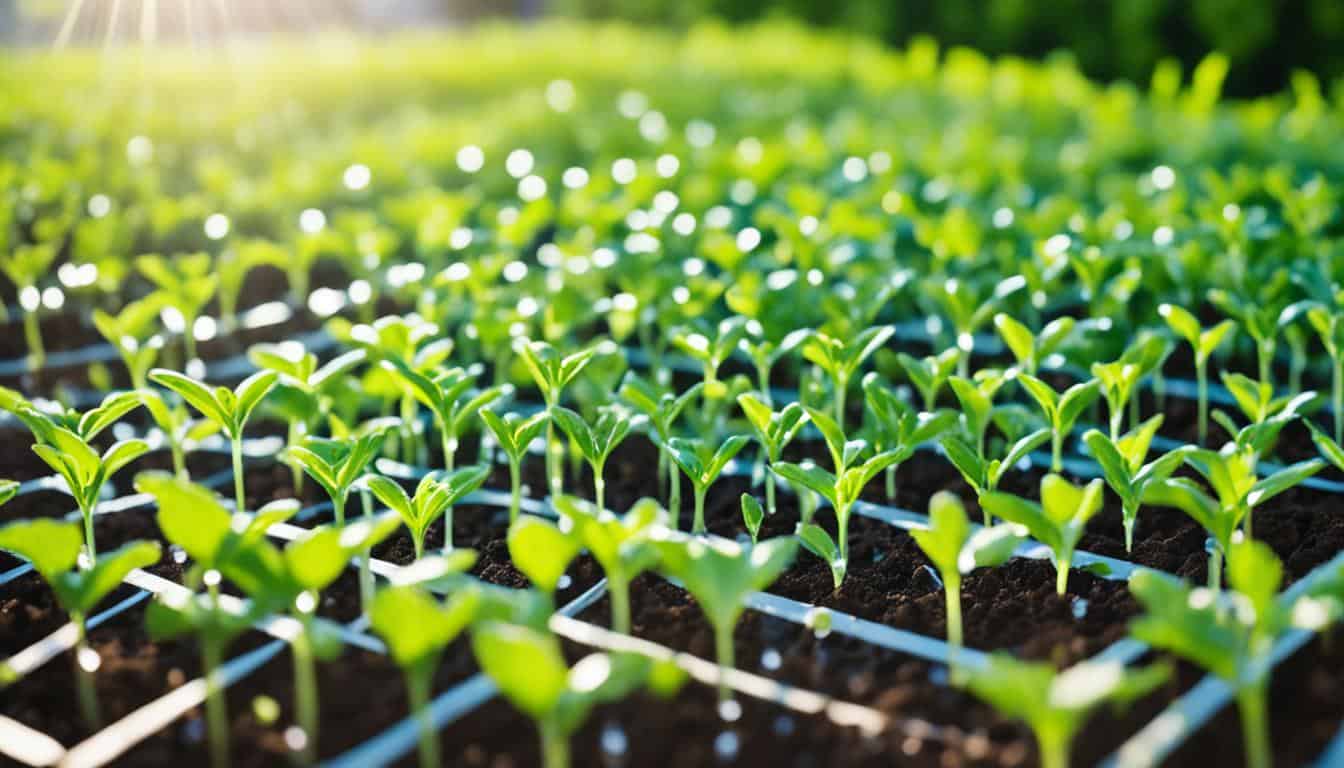
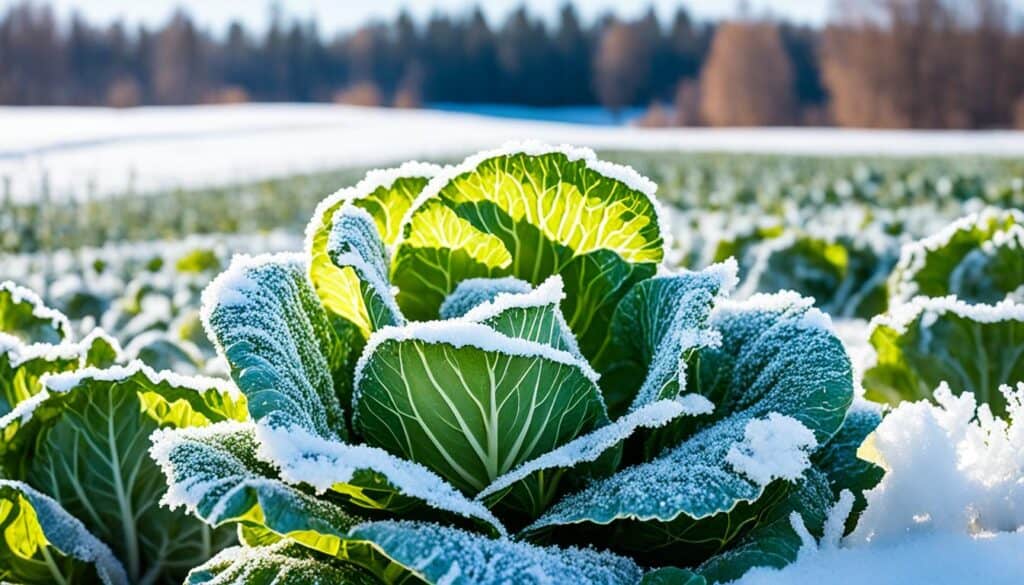
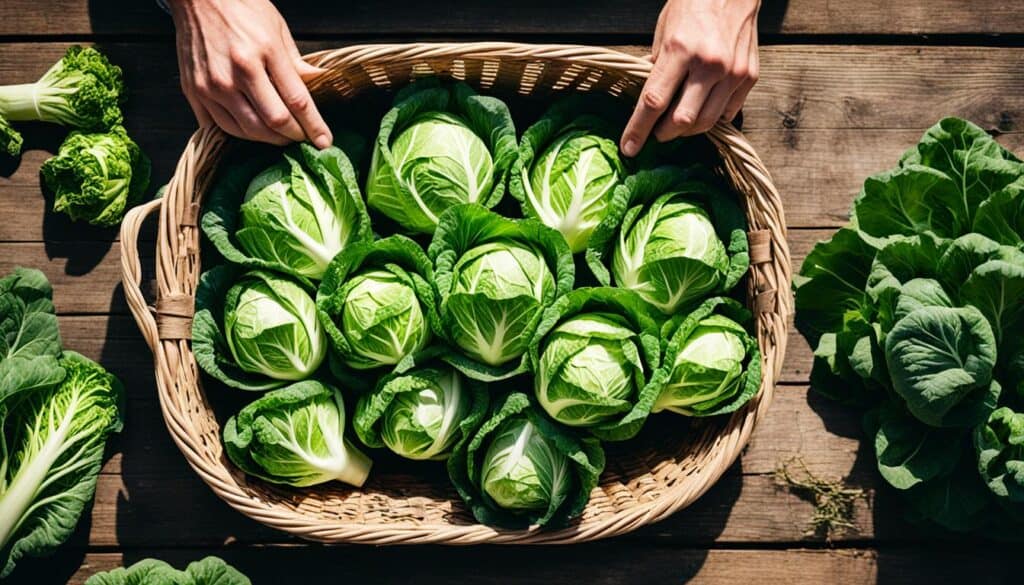
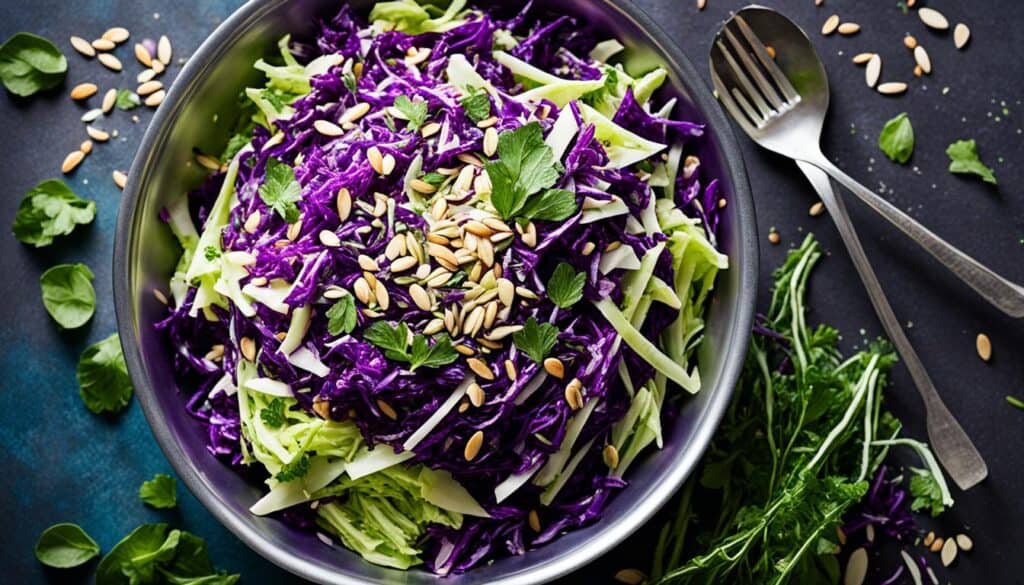
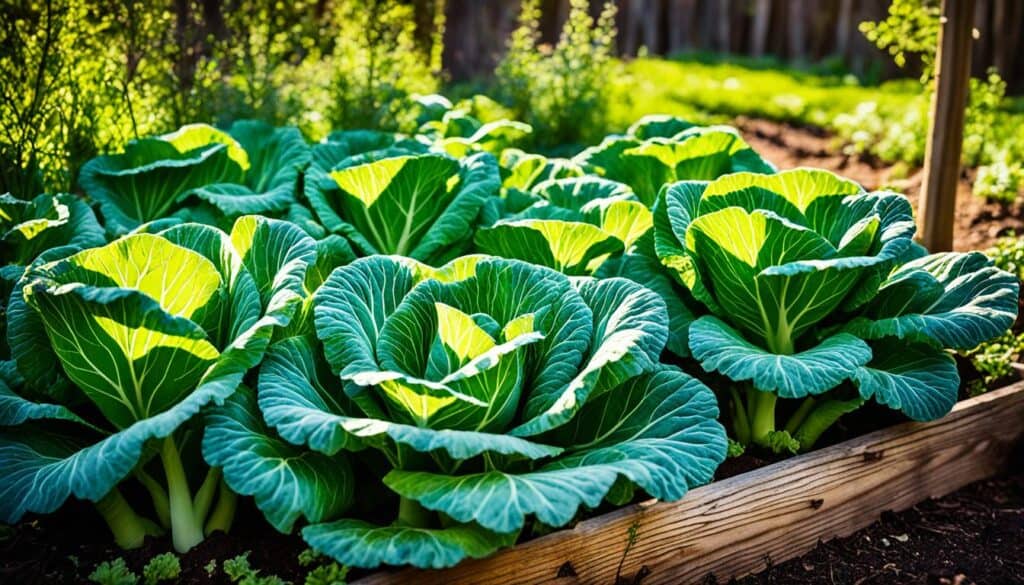
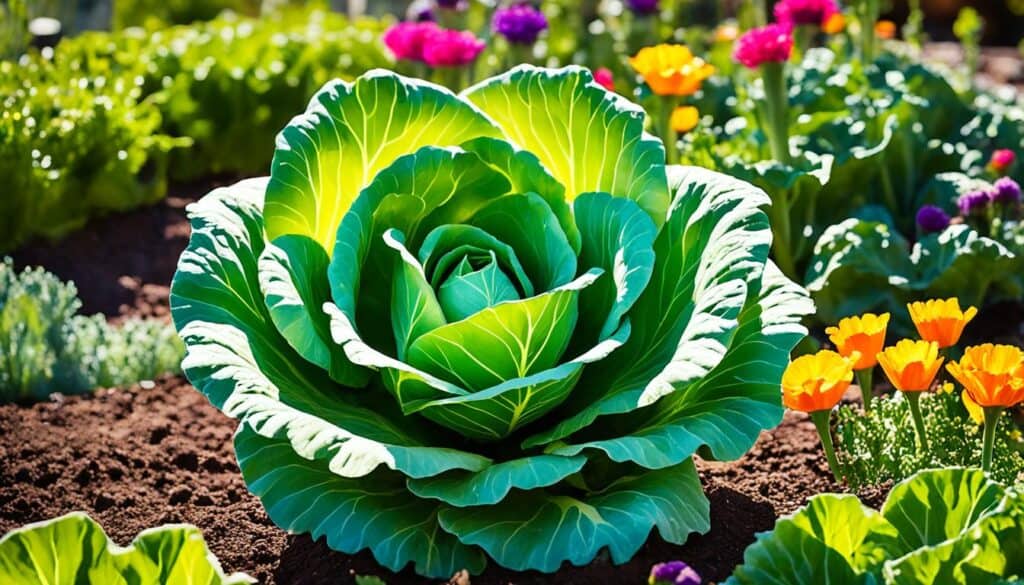

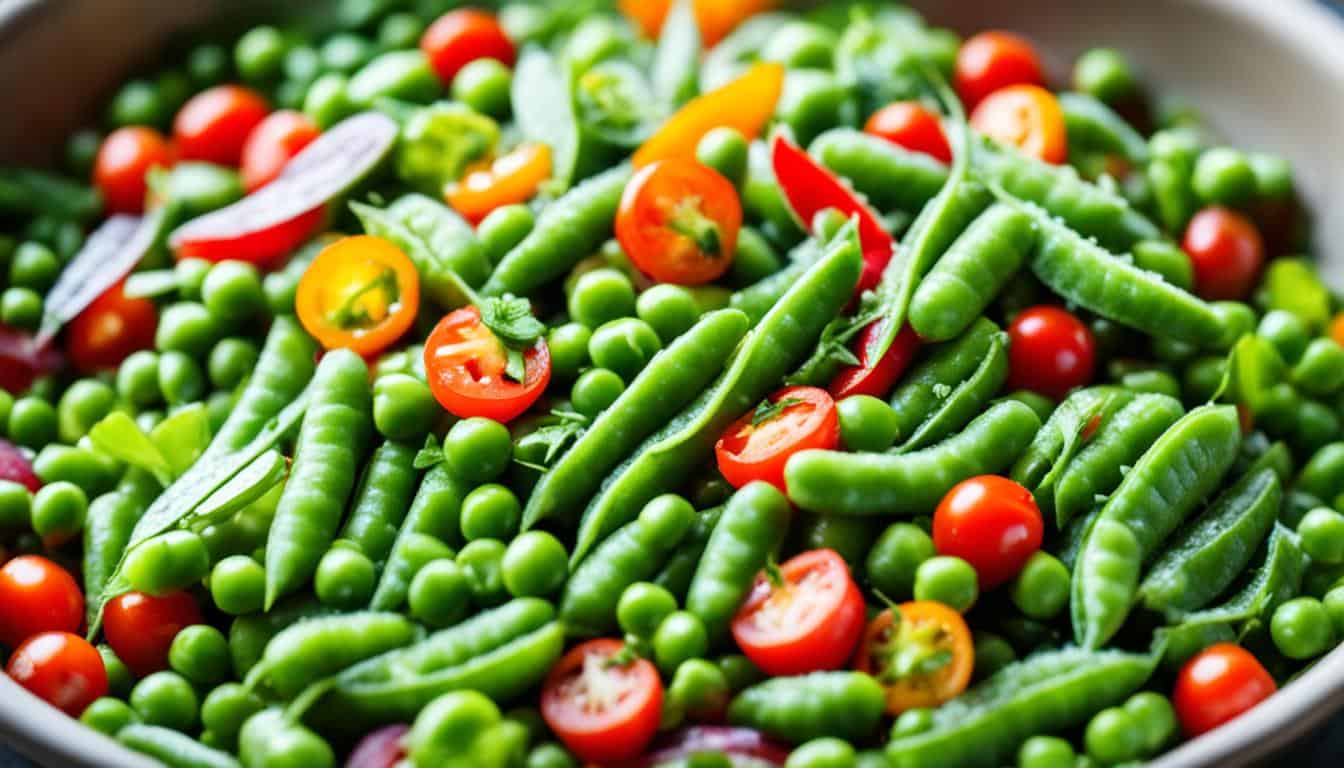
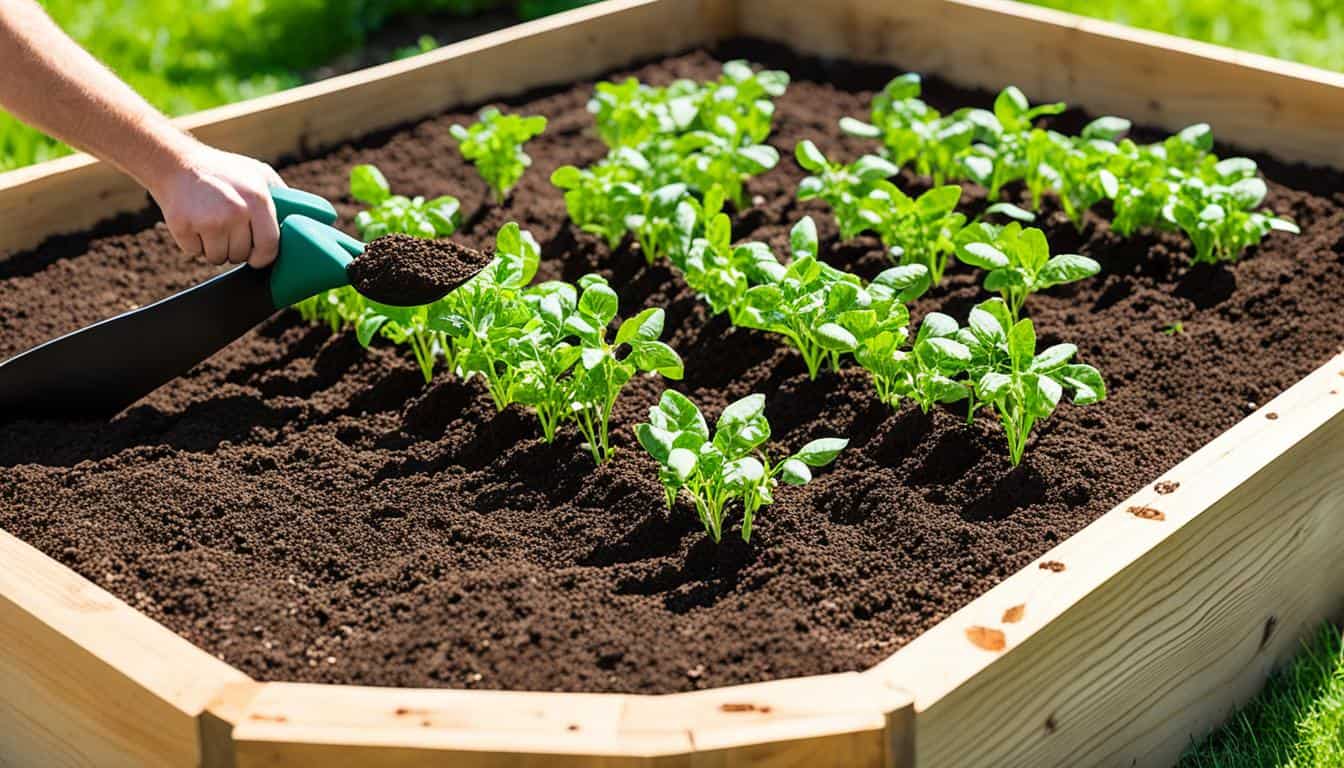
Leave a Reply